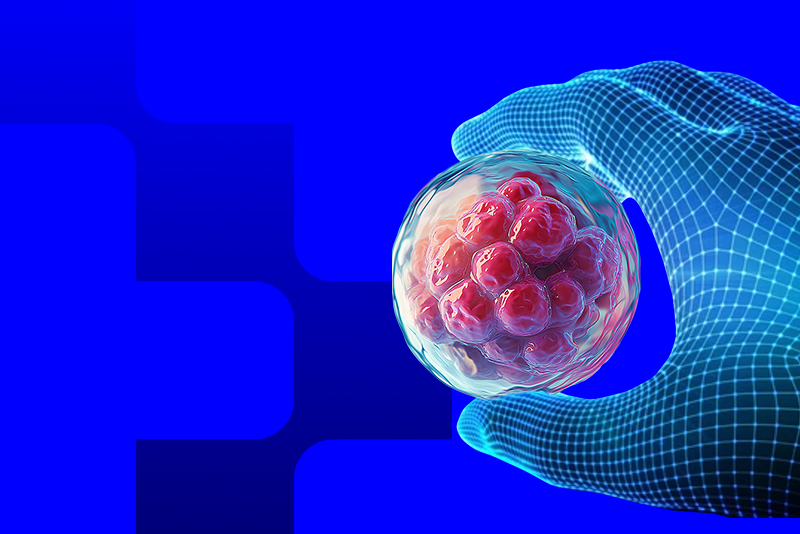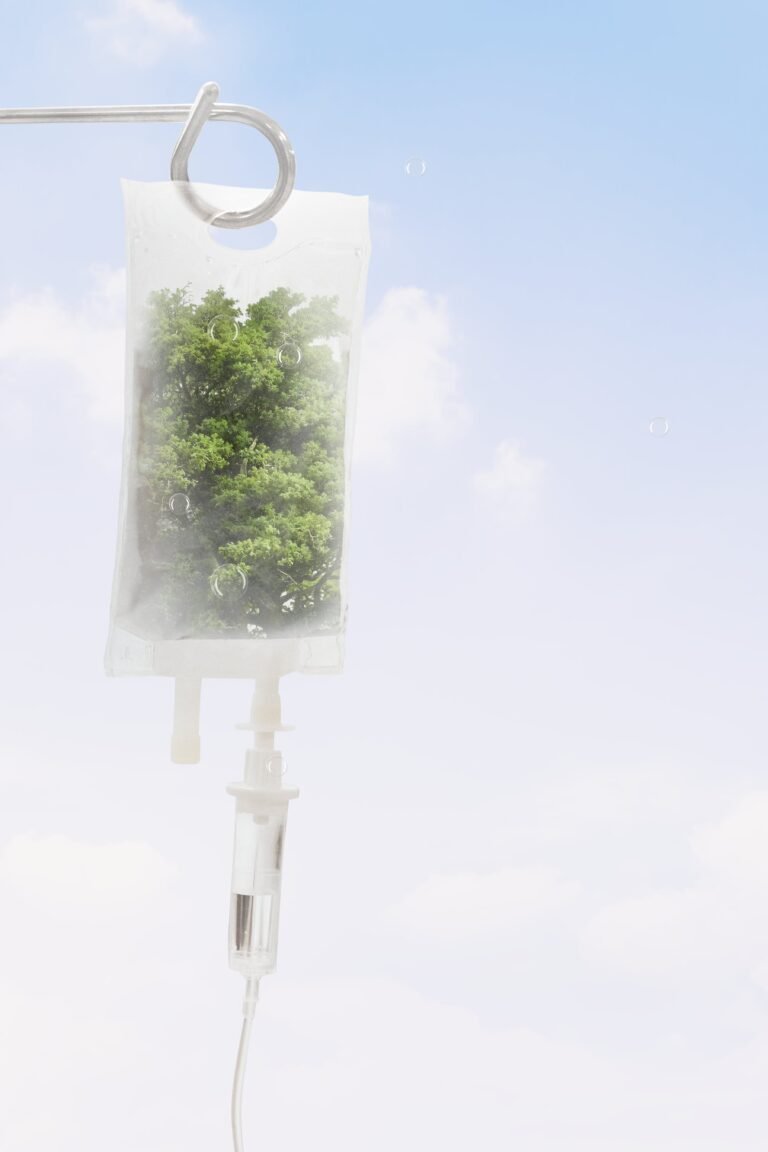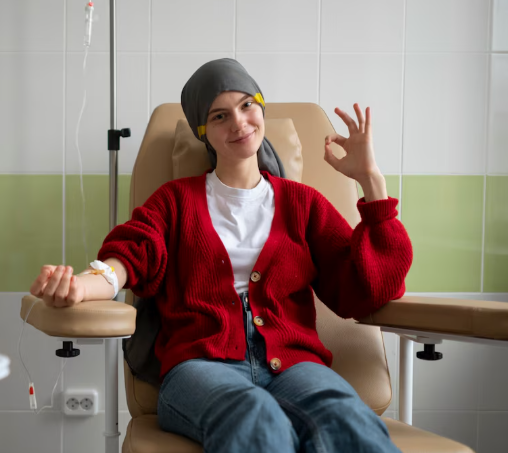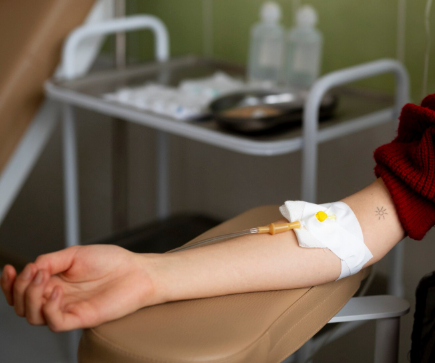With the rise of regenerative medicine, stem cell therapy has become one of the most sought-after anti-aging and healing solutions worldwide. South Korea, a global leader in medical innovation, has gained international recognition for offering some of the most advanced stem cell therapies available.
But with the growing popularity of this treatment, safety concerns have emerged—especially for medical tourists considering traveling to Korea for stem cell therapy.
So, how safe is stem cell therapy in Korea, and what should international patients know before making the journey?
🧬 What Is Stem Cell Therapy?
Stem cell therapy involves using undifferentiated cells—typically mesenchymal stem cells (MSCs)—to repair, regenerate, and replace damaged or aging tissues. In Korea, stem cells are primarily derived from:
- Adipose (fat) tissue
- Bone marrow
- Umbilical cord blood
- Wharton’s jelly (umbilical cord tissue)
Stem cell therapy is used in a wide range of treatments:
- Anti-aging and skin rejuvenation
- Joint regeneration (e.g., osteoarthritis)
- Immune modulation and chronic inflammation
- Post-stroke recovery
- Autoimmune diseases
🇰🇷 Is Stem Cell Therapy Legal and Regulated in Korea?
Yes, stem cell therapy is legal in South Korea, but it is strictly regulated by the Ministry of Food and Drug Safety (MFDS)—equivalent to the U.S. FDA.
✅ Key Safety Regulations:
- Only licensed medical institutions can perform stem cell procedures.
- Stem cell products must be MFDS-approved for clinical use.
- Patient consent, documentation, and post-treatment monitoring are mandatory.
- Only autologous stem cells (from the patient’s own body) or MFDS-cleared allogeneic cells (donor cells) can be used under approved protocols.
This regulatory framework helps prevent unethical or experimental treatments that are common in unregulated markets.
⚠️ The Risks of Stem Cell Therapy Abroad
In countries with weak regulation, stem cell therapy can be risky due to:
- Use of unverified or contaminated cell lines
- Lack of sterile lab conditions
- Untrained staff or non-specialist providers
- No patient monitoring or follow-up
Korea’s government actively inspects clinics, labs, and cell banks to ensure safety and clinical integrity—making it a much safer destination for international patients.
🏥 How Korea Ensures Safe Stem Cell Treatment for Medical Tourists
1. Certified Stem Cell Laboratories and Cell Banks
Stem cells are processed in GMP-certified (Good Manufacturing Practices) laboratories with strict sterility and quality control. These labs are audited regularly for contamination risks, storage conditions, and handling protocols.
2. Licensed and Experienced Physicians
Only board-certified doctors with specialized training in regenerative medicine are allowed to perform stem cell procedures. Many Korean physicians have international training and regularly publish in peer-reviewed journals.
3. Advanced Diagnostic Screening
Before treatment, patients undergo comprehensive evaluations, including:
- Blood tests and immune markers
- Medical imaging (MRI, CT, ultrasound if needed)
- Medical history review to rule out contraindications (e.g., cancer, infection, clotting disorders)
This screening process reduces complication risks and ensures treatment suitability.
4. Ethical Sourcing and Transparent Documentation
Umbilical cord and allogeneic stem cells used in Korea are:
- Sourced from certified tissue banks
- Screened for infectious diseases and genetic abnormalities
- Provided with traceability and consent documentation
🔬 What Types of Stem Cell Therapies Are Approved in Korea?
While Korea is a leader in research, not all stem cell treatments are available for commercial use. However, several MFDS-approved therapies are offered for:
- Knee osteoarthritis (e.g., Cartistem)
- Spinal cord injury
- Crohn’s disease
- Facial rejuvenation
- Hair regeneration
- Immune system boosting
Korean clinics also offer investigational therapies under government-approved clinical trials, which are monitored for safety and data collection.
🤕 What Are the Possible Side Effects?
While rare, possible side effects may include:
| Side Effect | Likelihood | Description |
|---|---|---|
| Injection site redness/swelling | Common, temporary | Minor discomfort that resolves quickly |
| Mild fever or fatigue | Uncommon | A temporary immune response |
| Infection (IV site) | Very rare | Risk minimized with sterile technique |
| Immune rejection (in donor cells) | Very rare | Screened and matched to prevent this |
| Tumor formation | Extremely rare | No confirmed cases in MFDS-approved clinics |
Most patients report no serious adverse effects when treated in Korea under legal protocols.
💬 What Patients Say About Their Experience
“I had stem cell therapy for joint pain in Seoul. The clinic was spotless, the staff spoke fluent English, and I felt cared for every step of the way. I’m already noticing less pain in my knees after one month.”
— Thomas G., Canada
“I was nervous about stem cell therapy at first, but the safety and professionalism in Korea blew me away. Everything was explained clearly, and they even showed me lab certifications and test results.”
— Ana L., UAE
✅ Safety Checklist for Medical Tourists Considering Stem Cell Therapy in Korea
Before traveling, ask the clinic:
- 🟢 Is the stem cell treatment MFDS-approved?
- 🟢 Are the doctors board-certified in regenerative medicine?
- 🟢 Is the stem cell source documented, screened, and traceable?
- 🟢 Does the clinic provide lab results and quality certificates?
- 🟢 Will you receive follow-up care or virtual check-ins after treatment?
Avoid clinics that:
- Make unverified or miraculous claims
- Use vague or unclear documentation
- Offer suspiciously cheap or “miracle cure” treatments
🔚 Conclusion: Safe, Regulated, and Scientifically Sound
Stem cell therapy in Korea is among the safest and most advanced in the world thanks to:
- Rigorous government oversight
- High clinical standards
- Ethical practices
- Transparent communication with patients
For medical tourists seeking anti-aging, joint repair, or wellness rejuvenation, Korea offers a trusted, science-backed pathway—with safety at the core of every step.




